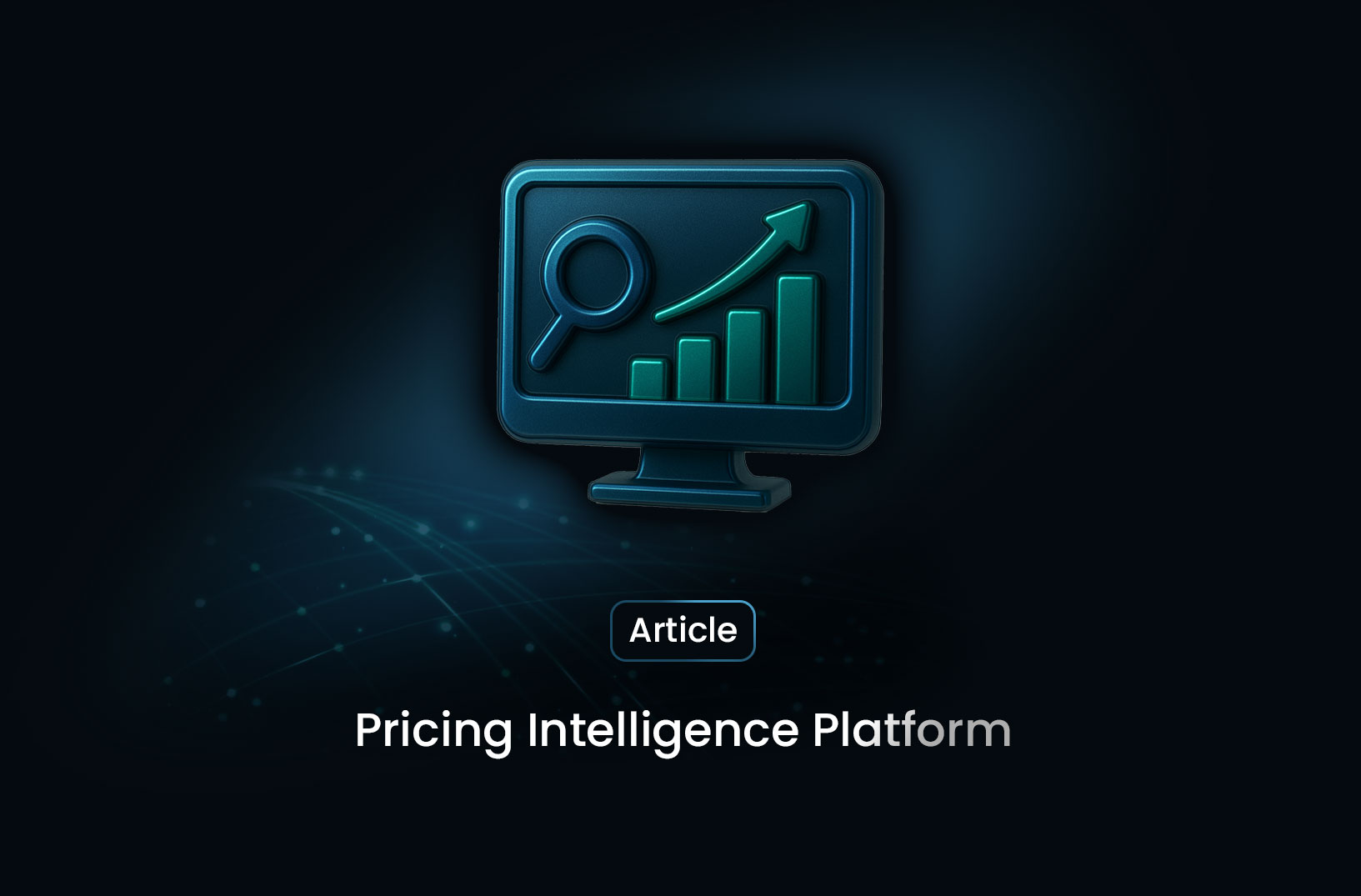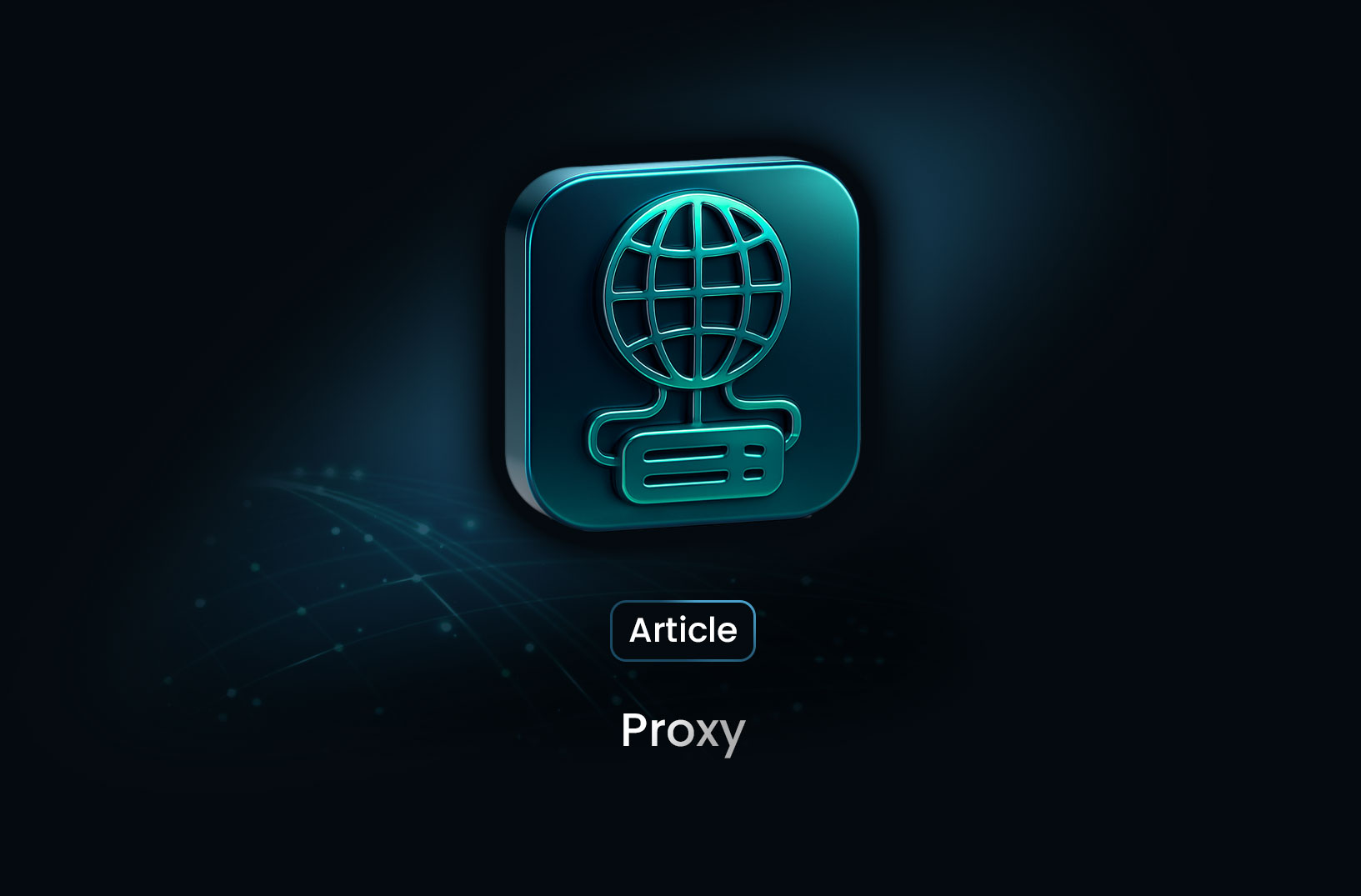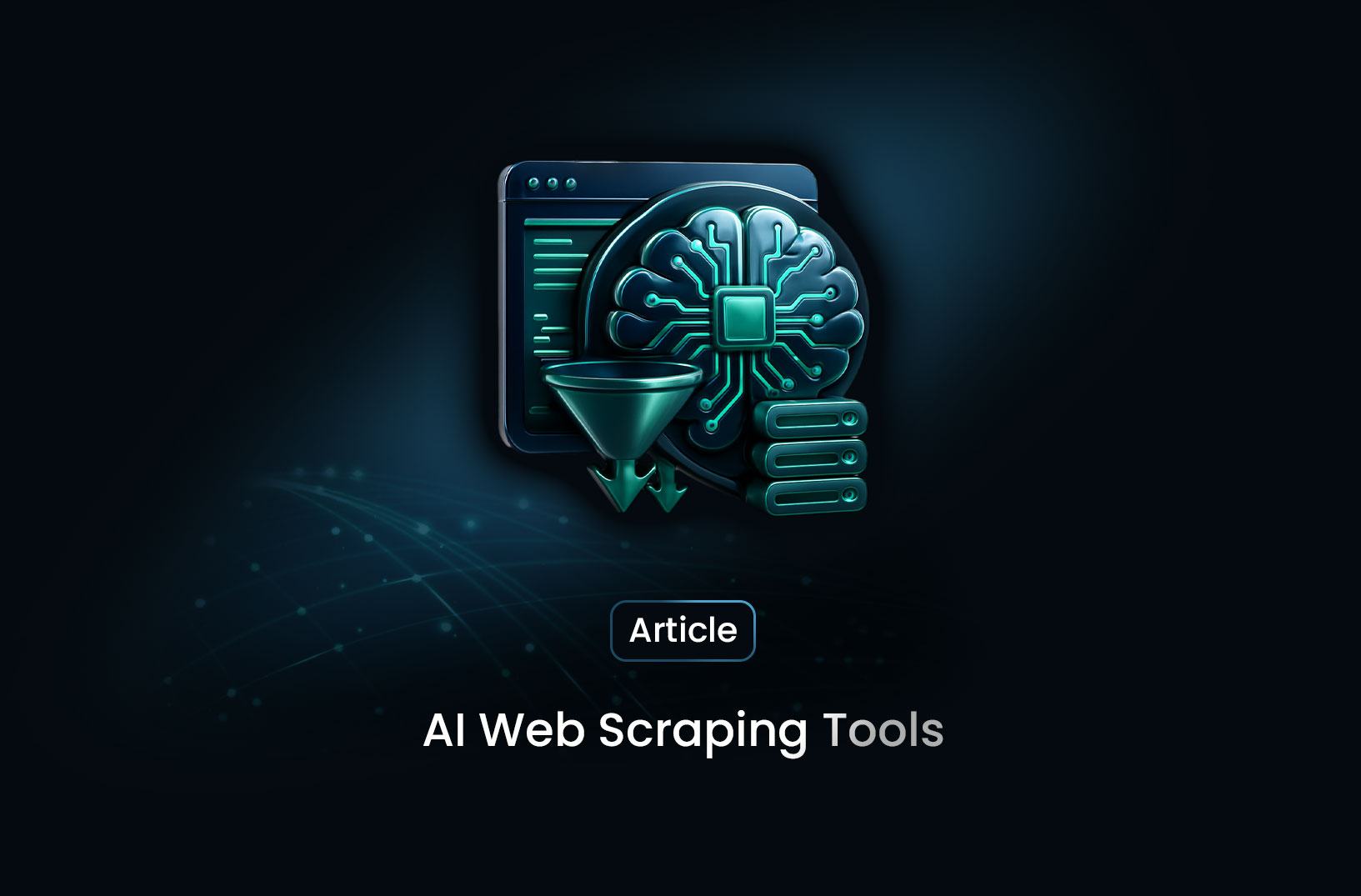
Understanding Pricing Intelligence Software and Its Business Impact
ArticleDiscover what a pricing intelligence platform is, how it works, its key benefits, and how to choose and implement one to boost your pricing strategy and profitability.
What Is a Pricing Intelligence Platform?!
A pricing intelligence platform is a software system designed to collect, analyze, and act on pricing data—from your competitors, the market, and your own internal channels—to inform and optimize pricing decisions. It goes beyond simply tracking competitor price lists; it combines data gathering, analytics, automation, and strategy.
Such platforms enable businesses to answer key questions: Where do we stand? What’s changing? What should we do next?
Why Businesses Need a Pricing Intelligence Platform
- Improved pricing decisions: With data-driven insights, you can set prices more strategically—rather than purely by cost + margin or guessing.
- Stay competitive: In fast-moving markets (especially e-commerce), you need up-to-date intelligence on competitor prices, promotions, and availability.
- Protect margins: Instead of automatically undercutting competitors and eroding profit, a good platform helps you identify the optimal price point for each product.
- Scale pricing operations: As catalogs grow and markets expand, manual pricing becomes inefficient. A platform automates data workflows, enabling broader and faster coverage.
Core Features of a Pricing Intelligence Platform
- Data collection & competitor monitoring: The tool captures competitor prices, stock/availability, promo events, and channel data across multiple markets.
- Data analysis & insights: Converts raw data into actionable reports—showing market position, trend movements, and product-level performance.
- Dynamic pricing & automation: Some platforms support real-time or near-real-time price adjustments based on rules, demand, and competitive behavior.
- Integration & scalability: The platform should work with your systems (ERP, e-commerce, merchandising), scale across large catalogs, and deliver dashboards/APIs for decision-making.
How to Choose the Right Platform for Your Business
- Define your objectives: Are you focused on e-commerce, global markets, or offline retail? What margins and market share goals do you have?
- Check data coverage & accuracy: Make sure the platform tracks the relevant competitors, geographies, and update frequency matches your market dynamics.
- Evaluate automation & speed: Can the tool support real-time alerts or automatic repricing? This matters in fast-changing markets.
- Look for integration and usability: The tool should be accessible to your pricing, merchandising, and marketing teams—not just specialists.
- Monitor ROI potential: Ensure that using the platform will likely deliver increased revenue or margin improvement that justifies cost.
- Consider vendor support & future readiness: Does the vendor provide insights, consulting, or is it purely software? Can it grow with your needs?
Common Pitfalls and How to Avoid Them
- Over-reliance on tools without strategy: Data is powerful—but only if your business acts on it. Don’t let the platform drive decisions without defined process or oversight.
- Poor data or outdated intelligence: If data is lagging or inaccurate, decisions may be flawed or reduce profitability.
- Ignoring internal costs or value proposition: Competitive pricing is important, but you still must protect margin and align with your brand’s value.
- Not embedding pricing decisions into workflows: Without buy-in from merchandising, marketing, and leadership, insights may go unused.
Conclusion
A pricing intelligence platform is a strategic asset for businesses operating in competitive, fast-moving markets. By leveraging accurate competitor and market data, applying analytics, and enabling automation, companies can scale their pricing capabilities, protect margins, and stay ahead of competitors. The key to success lies not just in software deployment, but in aligning pricing intelligence with business goals, processes, and execution.
Find more insights here

Proxy 101: What Is a Proxy and Why It Matters for Web Scraping
Learn what a proxy is, how it works, the different types of proxies, and why proxies are essential f...

LunaProxy vs PYPROXY — Which Proxy Service Fits Your Needs in 2025?
Compare LunaProxy and PYPROXY in 2025 to find out which proxy service fits your scraping, automation...

7 Most Effective AI Web Scraping Tools for Automated Data Extraction in 2025
A look at 7 AI web scraping tools that stand out in 2025—what they offer, how they work, and why MrS...
